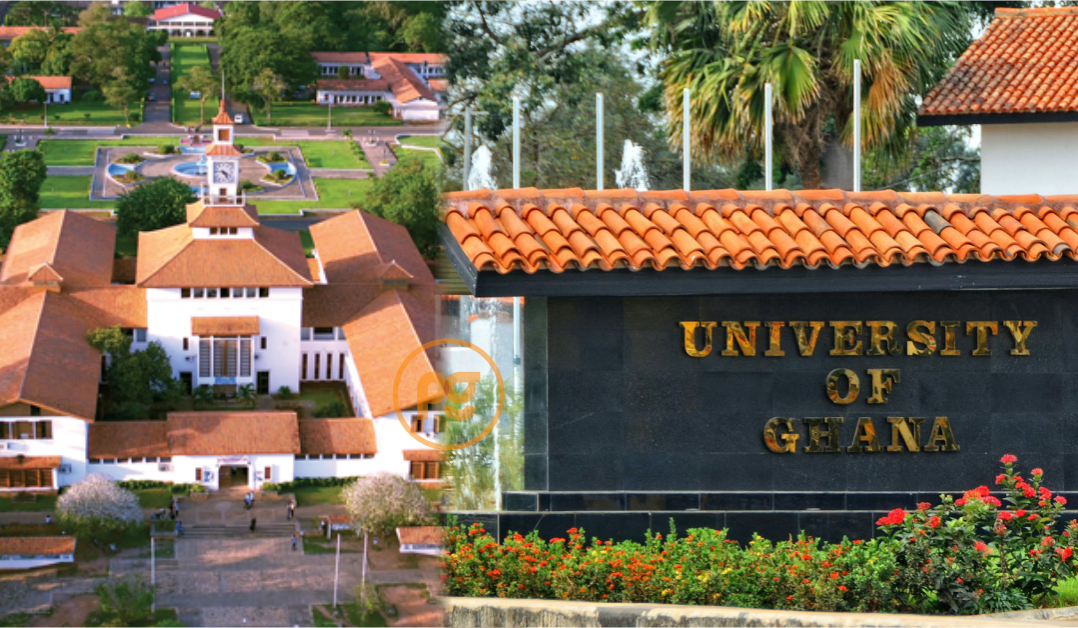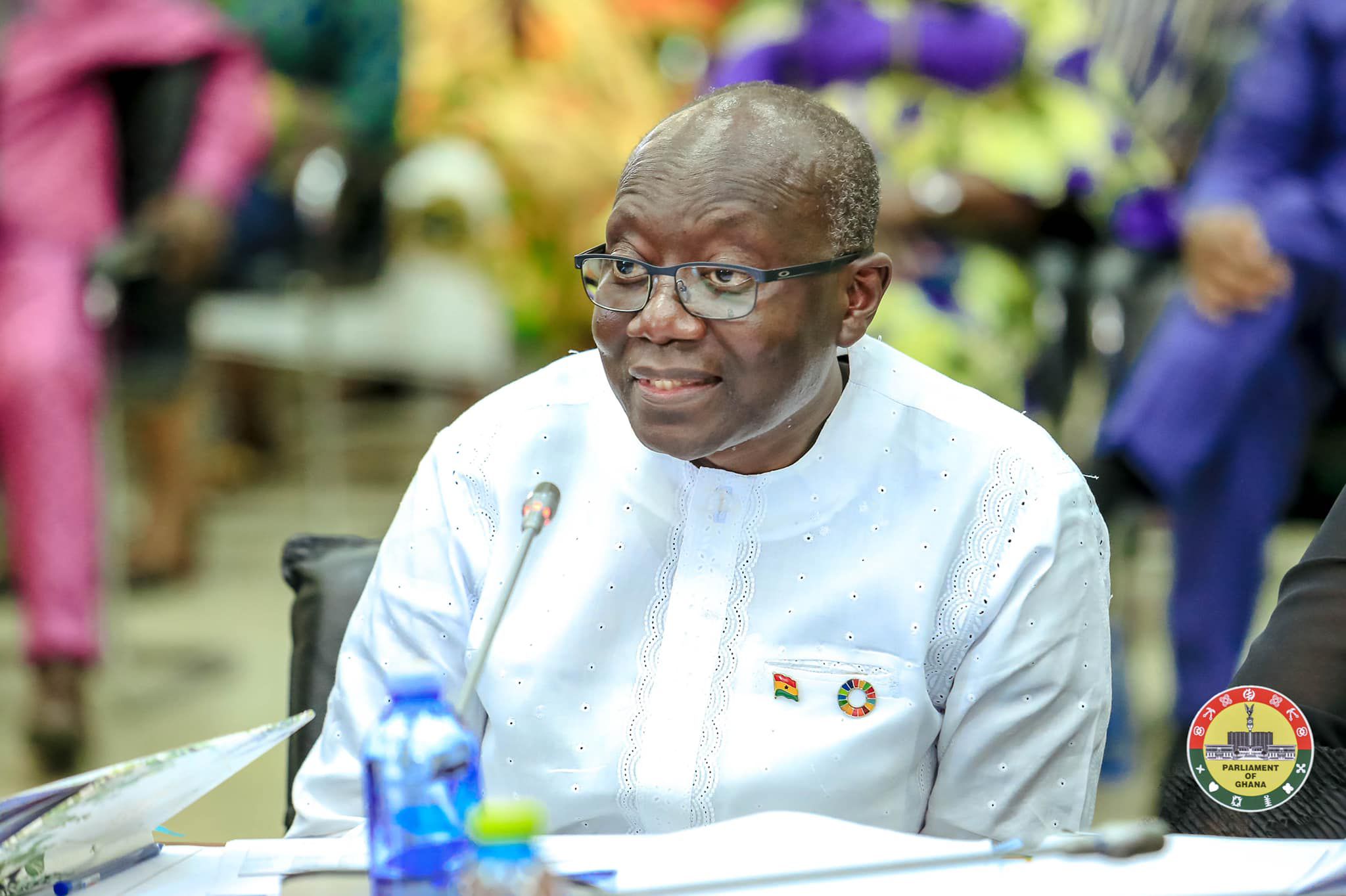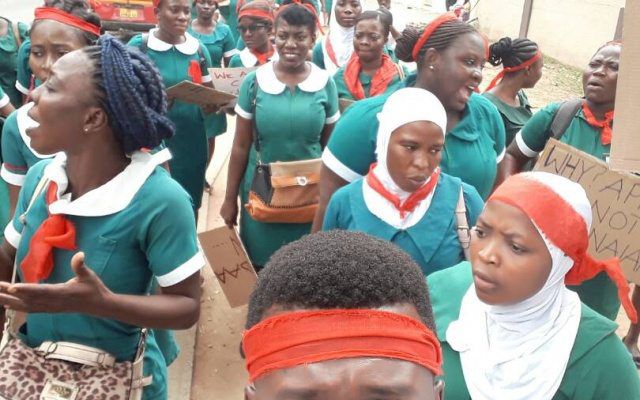
By Wisdom JONNY-NUEKPE
Adequate agricultural production for food & nutrition security and better incomes for farmers and rural inhabitants represents key development objectives for many nations – and they are most crucial in Africa.
Water is critical for food production and its use now and in the future, being a major determinant of whether the stated objective is achieved. Because of climate change and associated variability, dependence on rain-fed food production is risky and unsustainable. This is the main reason why there is a need for substantial increases from irrigated production in Ghana.
West Africa is often regarded as the water-abundant sub-region of Africa. That view to a large extent is true, and Ghana does have considerable surface and groundwater available for irrigation.
However, there is looming water scarcity in parts of the sub-region, including northern Ghana, as demand for water is growing due to its increased use for agricultural purposes including raising livestock; household use; hydroelectric power production and other industrial uses; along with overarching factors of population growth, increasing urbanisation and climate change.
In fact, irrigated agriculture in most parts of the world is now a necessity. With the ongoing trend of climate change and variability, it is becoming obvious that food production will have to depend on irrigated agriculture in several forms if the world population is to be fed.
Africa and other developing regions are the most vulnerable to the situation, and it is in these places that the risk of food insecurity is high.
However, irrigated agriculture is underdeveloped in Africa and attempts by governments and development partners to develop modern, irrigated agriculture have not succeeded to any large extent for several reasons.
It is most risky for Ghana to continue depending on rainfed agriculture alone to feed its population and solve the myriad agricultural problems it faces. However, development of irrigated agriculture in Ghana, which is crucial for its very existence, cannot continue in the same way that has achieved little over time.
The less-than-satisfactory performance of irrigation systems in Ghana has mainly been due to inefficient water distribution, unsatisfactory operation and maintenance, uncoordinated irrigation support services, non-conducive agricultural marketing system and weak extension support system.
Ghana’s performance in the sub-region
Indeed, agriculture is a national security business. It gives back more than 70 percent profit if properly managed, and the surest way to do that is not to entirely depend on rain-fed agriculture.
The World Bank has confirmed that only three percent of cultivated land in the country is irrigated – a phenomenon the Bank indicates could stifle Ghana’s agriculture growth and resilience.
Climate change, according to the World Bank, reduces the predictability of rainfall, increases temperatures and lengthens the duration of dry periods.
The Bank noted Ghana possesses substantial irrigation potential: with estimates of irrigable land spanning from 360,000 to 1.9 million hectares, but just about three percent of cultivated land is properly irrigated for agriculture use.
Underutilisation of the said potential, according to the Bank, risks farmers bearing the brunt of shifting weather patterns and extreme events as the country’s farming system is predominantly rain-fed.
Ghana has 104 central pivot irrigation systems, each covering a minimum of 40 acres; yet about 98 percent of these systems and facilities are non-functional.
In the last decade, the World Bank has committed more than US$200million in loans and grants to meet Ghana’s climate smart agriculture needs.
A chunk of these monies were meant to revitalise abandoned irrigation schemes across the country, but some stakeholders believe these funds have been misapplied.
For instance, US$11.9million was spent on mobilisation to kick-start construction of the US$993million Pwalugu multipurpose dam – only for the project not to materialise.
Sadly, countries including Burkina Faso, Niger and Nigeria are performing better in percentage of irrigable land than Ghana. The performance of peers in the region calls for drastic prioritisation of irrigation by government and other stakeholders, if indeed the country’s agriculture is to reach the next level
The droughts won, and may win again
Hectares of maize and other cereal cultivations in the northern sector of the country were destroyed by drought and dry weather conditions, with farmers struggling for solutions to save their farms from May to September this year.
Since May, the state of maize farms in the Northern Region has left many farmers shocked – perhaps the worse in the last decade, as those agrarians ponder over makeshift solutions to salvage the situation.
The happenings, according to agriculture sector stakeholders, could have been improved should irrigation and merchandised farming be given priority as key drivers of the country’s food production agenda.
Farmers complained about how their investment were destroyed during the dry spells. The happenings did not spare the Middle Belt Agriculture Zone as Fall Army worms took their turn to feed on crops due to the heat.
The consequences of the recent dry spells were telling as billions of investments were lost.
Data from the Ghana Grain Council (GGC) indicated that dry spells and drought conditions affected 1.8 million hectares of agricultural land in the country, resulting in crop losses amounting to some GH¢22.2billion revenue.
The Council noted the Northern and Savannah Regions – which are responsible for significant portion of the country’s maize, millet, sorghum and rice – were hit hardest.
According to the GGC, maize yields fell by 35 percent, rice production by 25 percent with millet and sorghum yields dropping by some 20 percent this year.
The Ministry of Food and Agriculture also confirmed that the dry spell had affected over 980,000 farmers cultivating an estimated 1.8 million hectares, adding that the affected regions contribute about 62 percent of the country’s grain supply annually.
Surely, the droughts will come again as the climate change menace is unrelenting and threatening agriculture production and livelihoods, not only in Ghana but across the world.
The bigger question, however, is whether Ghana as a country is prepared to mitigate those impacts in the agriculture landscape.
Potentials to scale up irrigation
Despite the challenges, Ghana’s irrigation potential has been adequately acknowledged by the World Bank, the United Nations Food and Agriculture Organisation and other credible global agencies.
A report by the Innovation Lab for Small Scale Irrigation (ILSSI) projected that Ghanaian smallholder farmers have the potential to generate net profit of up to US$285million per annum by leveraging small-scale irrigation systems for food production.
The ILSSI, a USAID Feed the Future project which works to break barriers that hamper small-scale irrigation, opined that about 68 percent of suitable agricultural areas have the potential to exponentially increase crop production through irrigation.
The project emphasised that around 211,000 hectares are economically and bio-physically suitable for small-scale irrigation and the available water resources can meet irrigation water requirement in most agricultural areas in Ghana.
But farmers, have over the years lamented the high cost involved in deploying irrigation. Limited access to irrigation infrastructure, high cost of energy, inadequate technology and high cost of irrigated crops are among challenges impeding irrigation farming.
Key agricultural zones where irrigation could heavily be relied on include Upper West, East, Northern, Savanna and Volta Regions, where tonnes of vegetables are produced.
However, lack of affordable credit is another bane of undertaking irrigation farming as the practice can be cost-consuming.
Without affordable credit at a competitive rate to farmers, it is difficult particularly for women, youth and resource-poor farmers to gain greater access to irrigation infrastructure and technologies to fully take advantage of opportunities in agriculture.
With the United Nations Food and Agriculture Organisation (FAO) estimating that there is approximately 1.9 million hectares of potential irrigable lands in the country, there is no gainsaying that Ghana’s irrigation policy has failed to comprehensively develop this potential to allow farmers cultivate all-year round.
Also, Ghana’s irrigation policy does not adequately deal with demand-driven irrigation services to farmers through designated incentives for farmer participation in irrigation projects.
Commitment to irrigation
Government’s commitment to irrigation, though appreciable, has always been described as 90 percent lip-service to the sector.
Highlighting series of measures to support farmers at the end of dry spells in August this year, sector minister Bryan Acheampong stressed that the ultimate solution to not entertaining droughts any longer is the provision of irrigation and water-management systems that support all-year-round farming.
In addition to other irrigation projects, the minister indicated that government will allocate funds to finish the 13 irrigation projects included in the Agriculture Economic Enclaves Programme.
But much is still to be seen and assessments made by stakeholders as the impacts of climate change and droughts are lurking and can hit at anytime.
The post Agriculture thrives where water flows: how Ghana is failing to utiise irrigation for food production appeared first on The Business & Financial Times.
Read Full Story



















Facebook
Twitter
Pinterest
Instagram
Google+
YouTube
LinkedIn
RSS